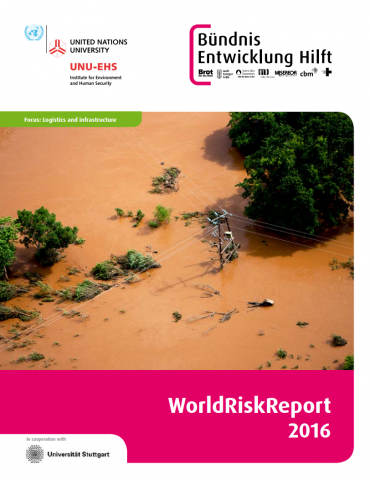Research
World risk report 2016: The importance of infrastructure


The World Risk Report 2016 analyses the role that infrastructure plays in shaping a country’s disaster risk. The World Risk Index, calculated by the University of Stuttgart, is an integral part of the report as it ranks 171 countries according to their risk of becoming a victim of a disaster as a result of natural hazards such as floods, cyclones, or earthquakes.
In fact, the World Risk Index intends to give answers to the following questions:
- How likely is an extreme natural event, and will it affect people?
- How vulnerable are people to natural hazards?
- To what extent can societies cope with acute disasters?
- Is a society taking preventive measures to face natural hazards to be reckoned with in the future?
In addition, this report focusing on logistics and infrastructure, discusses the following topics:
- infrastructure as a risk factor;
- opportunities and limits of information technologies in humanitarian logistics;
- coordination and conflicts of interests in humanitarian logistics.
